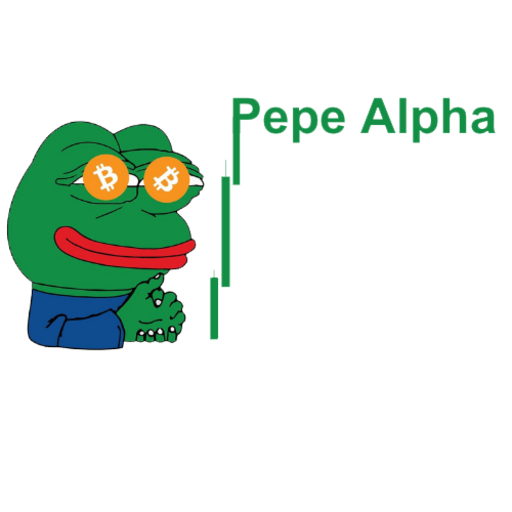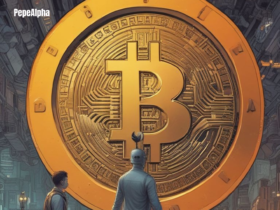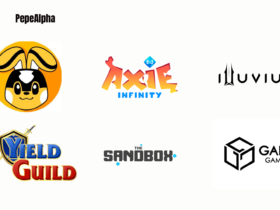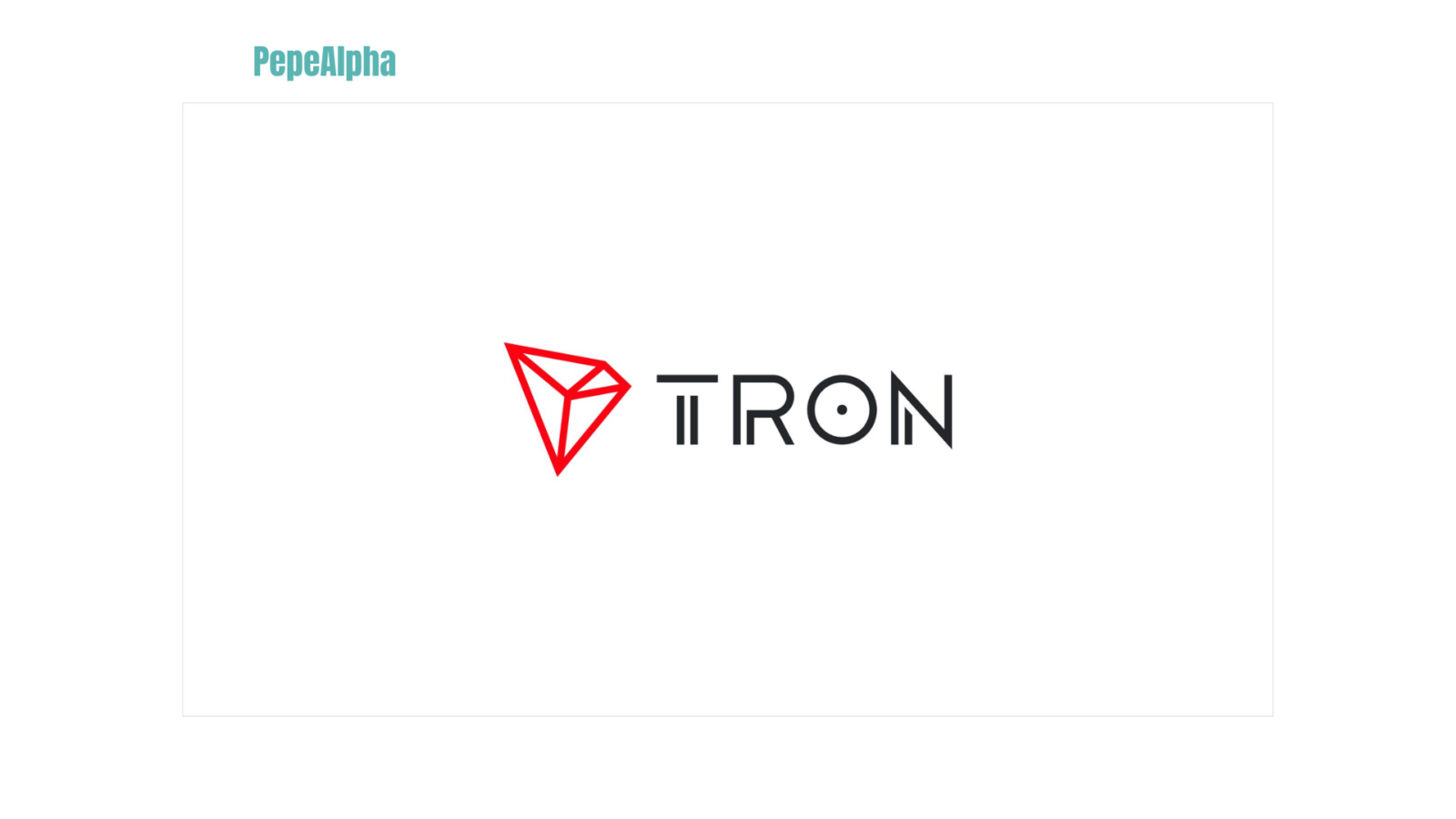Ah, buckle up, buddies! Today, we’re delving into the wonderful world of Tron (TRX)!
What is Tron?
Tron burst onto the scene during the crypto craze of 2017, rallying a global posse of investors and developers around a bold vision for how cryptocurrencies could revolutionize the internet. While the idea of using blockchains to create a distributed web wasn’t exactly new, Tron set itself apart with a message that just clicked, even though some folks still had a bone to pick with its tech.
Who Created Tron?
Tron was the brainchild of entrepreneur Sun Yuchen, or as his pals know him, Justin Sun. This dude is a two-time recipient of Forbes’ “30-Under-30” award in Asia. Before venturing into the Tron frontier, Sun founded the audio content app Peiwo and even served as a bigwig representative for Ripple, the company behind the XRP cryptocurrency. He then kicked off the Tron Foundation in 2017, and boy, did it attract some heavy hitters, like Clash of Kings founder Tang Binsen and the CEO of bike-sharing startup OFO, Dai Wei.
How Does Tron Work?
Initially, Tron started as a token riding on the Ethereum blockchain but later spread its wings and built its own network in 2018. This involved investors swapping their Ethereum tokens for Tron’s TRX cryptocurrency, with the Ethereum tokens getting the boot.
General Architecture: Tron uses an account-based model, much like Ethereum. The Tron blockchain processes data exchanges through three layers:
- Core Layer: It computes instructions in Java or Solidity and sends them to the Tron Virtual Machine, which then works its magic.
- Application Layer: This is the playground for developers to create wallets and applications powered by TRX.
- Storage Layer: Here’s where the blockchain data and its state data, which keeps track of smart contracts, are neatly organized.
Delegated Proof-of-Stake: Tron reaches consensus on its ledger by appointing a rotating cast of 27 “super representatives” to validate transactions and maintain the system’s history. Every six hours, new super representatives are chosen and, if selected, get to collect fresh TRX. Blocks are added to the blockchain every 3 seconds, and the lucky folks who produce a valid block score 32 TRX for their efforts. That’s a grand total of 336,384,000 TRX up for grabs every year. Aside from super representatives, users can operate three types of nodes on the Tron blockchain – witness nodes, full nodes, and Solidity nodes. Witness nodes propose blocks and vote on protocol decisions, while full nodes broadcast transactions and blocks. Solidity nodes sync blocks from full nodes and provide APIs.
Staking TRX on Tron: To vote on super representatives, Tron users need a network resource called “Tron Power.” Users earn 1 Tron Power for every 1 TRX they lock in an account. This process is similar to staking on other blockchains like Tezos or Cosmos, where users earn rewards by locking up funds.
Why Does TRX Have Value?
TRX, the cryptocurrency that fuels the Tron blockchain, is sometimes called tronix, with the smallest denomination being a “sun,” named after Justin Sun himself. During Tron’s initial coin offering (ICO) in 2017, a total of 100 billion TRX was created. To pay for transactions, Tron uses a system of “bandwidth points.” These points are consumed during transactions, with 1 bandwidth point being deducted for every byte of data. Each account gets 5,000 free bandwidth points every day, and if a user doesn’t have enough points for a transaction, 0.1 TRX per byte is burned. There are also penalties on the network that may reduce the TRX supply. For instance, 9,999 TRX is burned from accounts applying to become super representative candidates. Until January 2021, no new TRX will be introduced by the protocol, with all new TRX awarded to super representatives coming from the original token allocation to the Tron Foundation.

Why Use TRX?
Tronix is like the golden ticket for using applications on the Tron network. If you’re itching to play around with a Tron-based game or service, you’ll need to stock up on TRX. Holding TRX is also a must if you want to participate in Tron’s consensus system, allowing you to stake coins and vote on how the protocol operates. Traders might also want to get their hands on TRX for investment purposes, as the platform enables users to create custom applications and tokens. Plus, you can earn some sweet passive income through staking, which is always a nice bonus!
And there you have it, fellas! Tron, the crypto that’s shaking up the internet one block at a time. Now, who’s ready to dive in and snag some TRX?
Links:
https://tron.network/
https://discord.gg/hqKvyAM
https://trondao.medium.com/
https://www.reddit.com/r/Tronix/















Leave a Reply